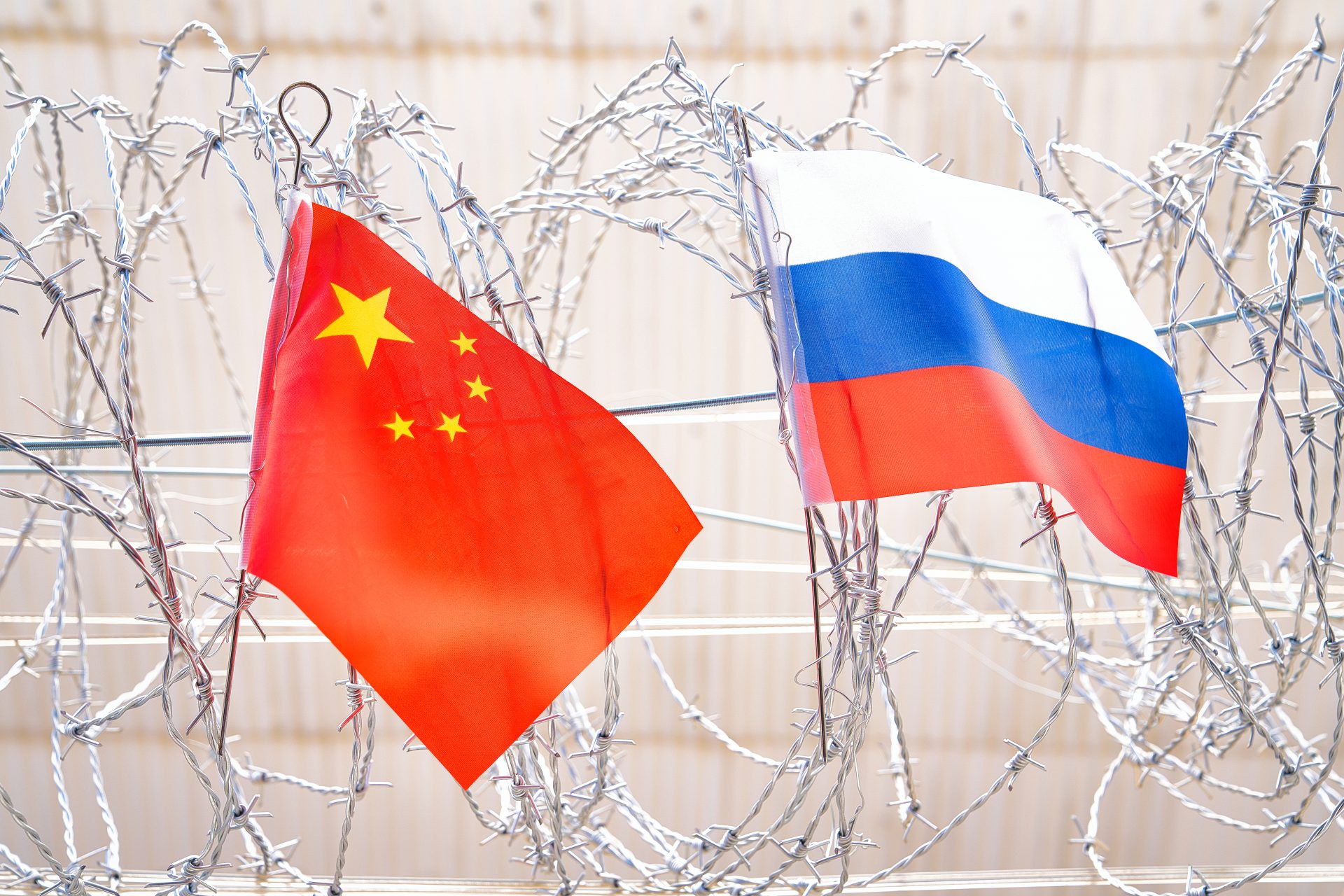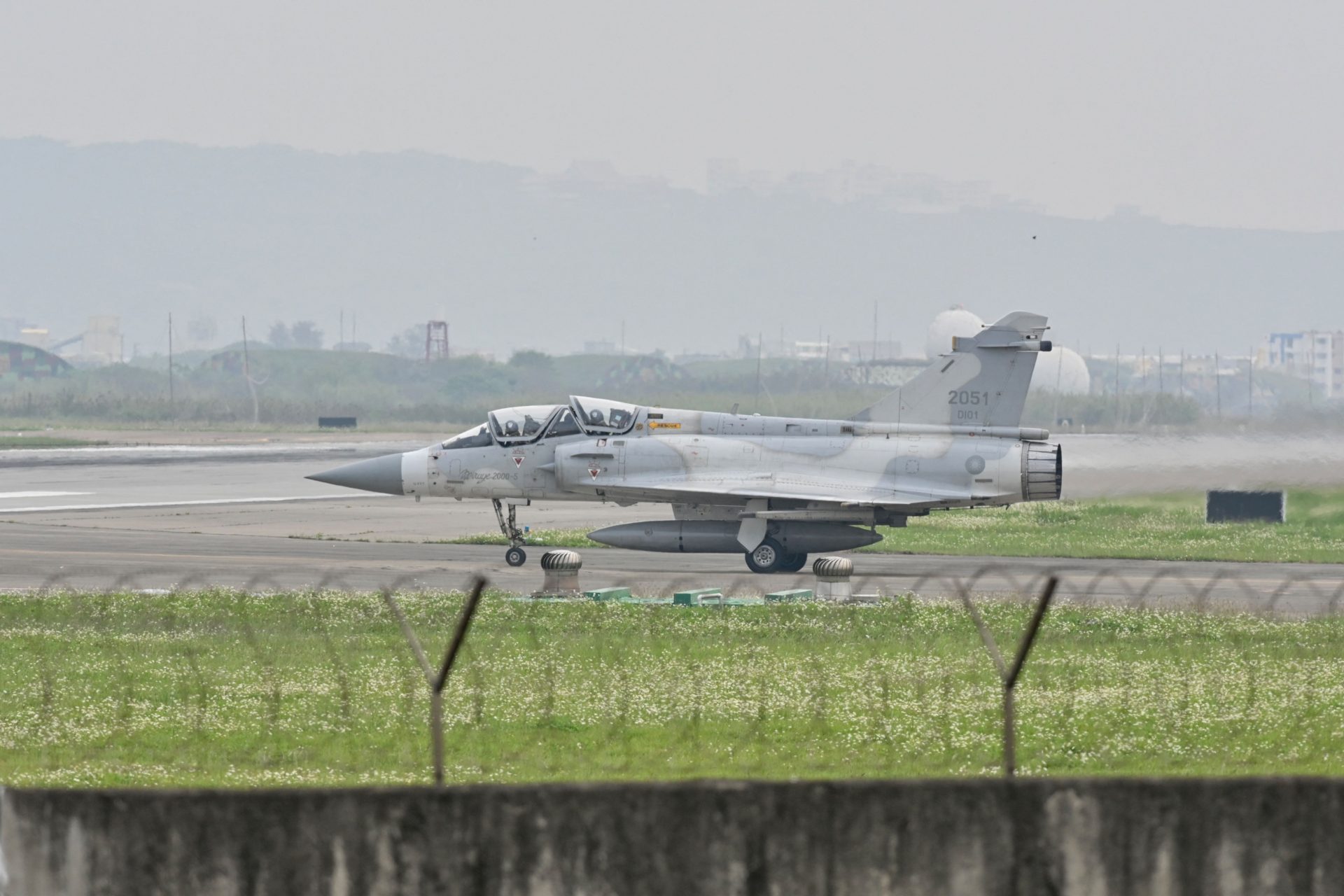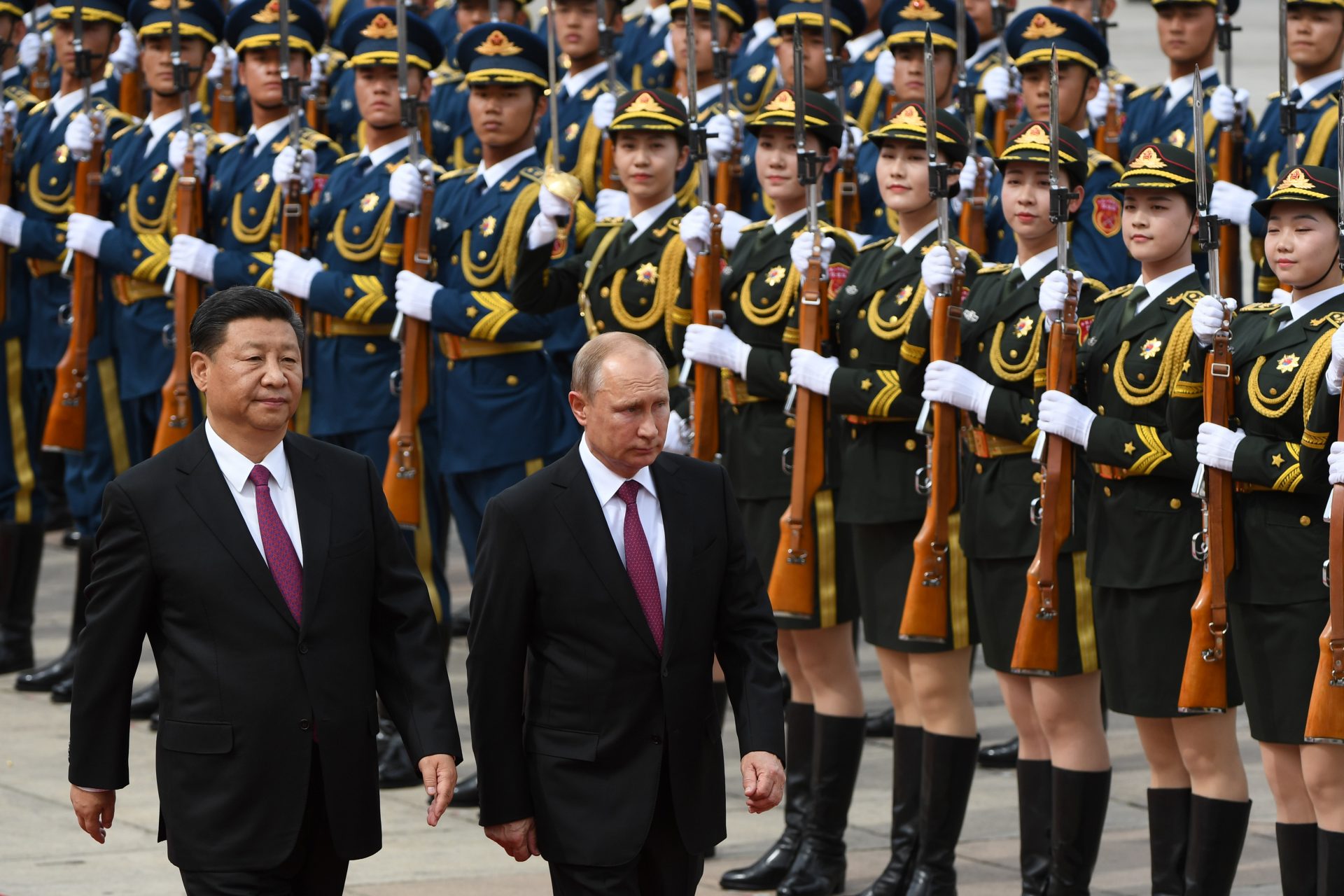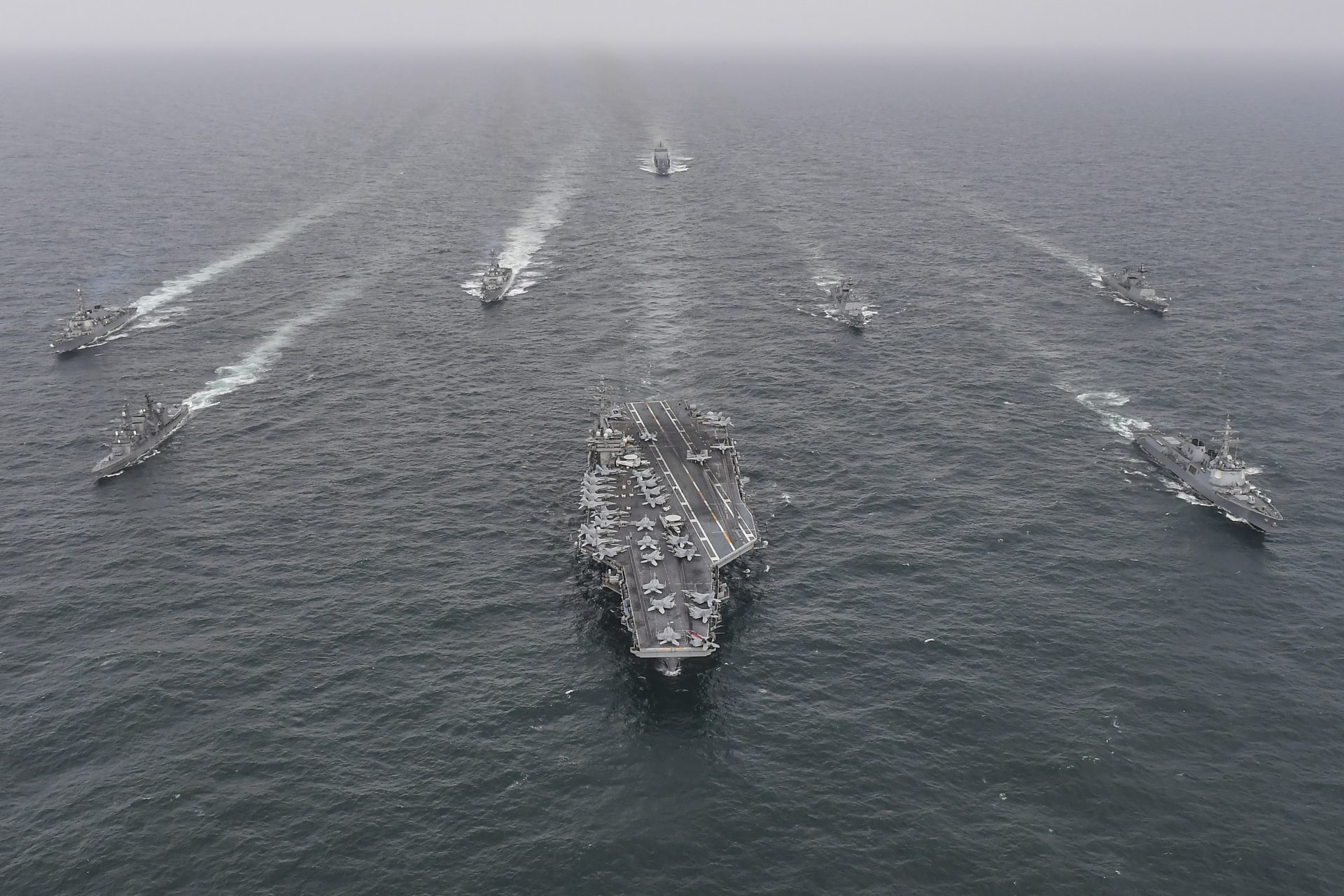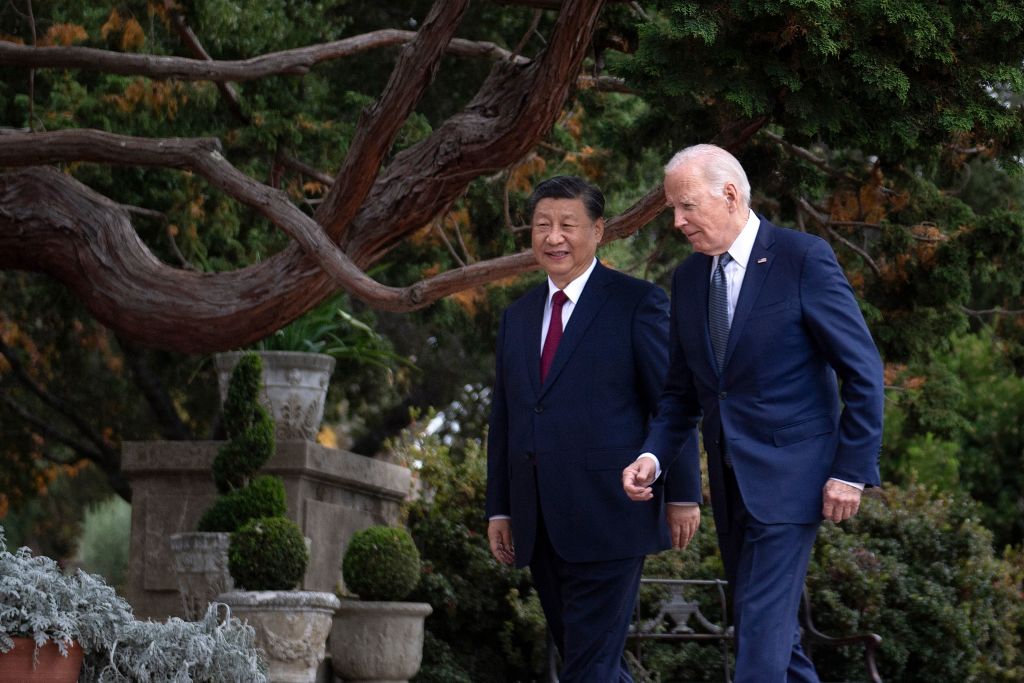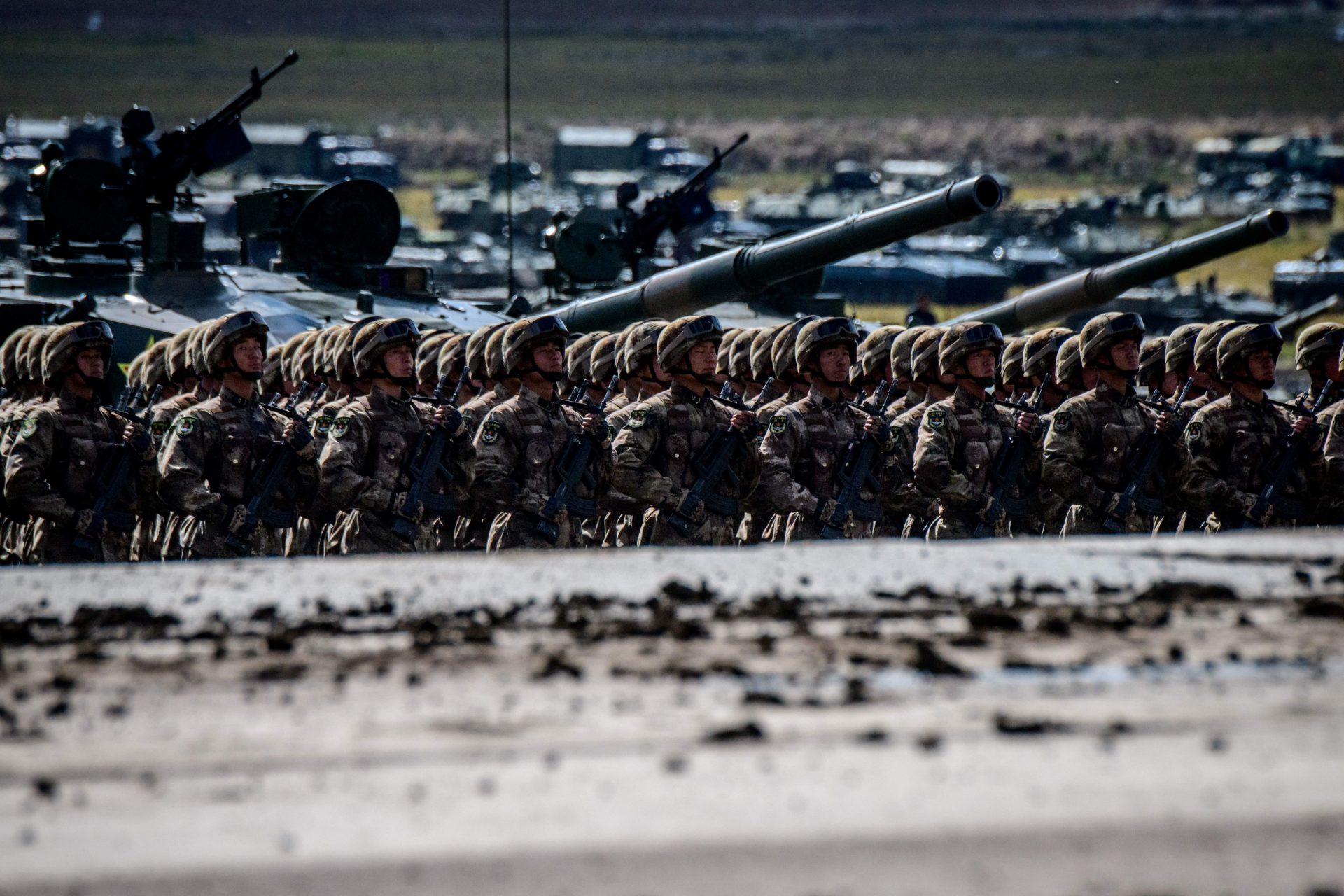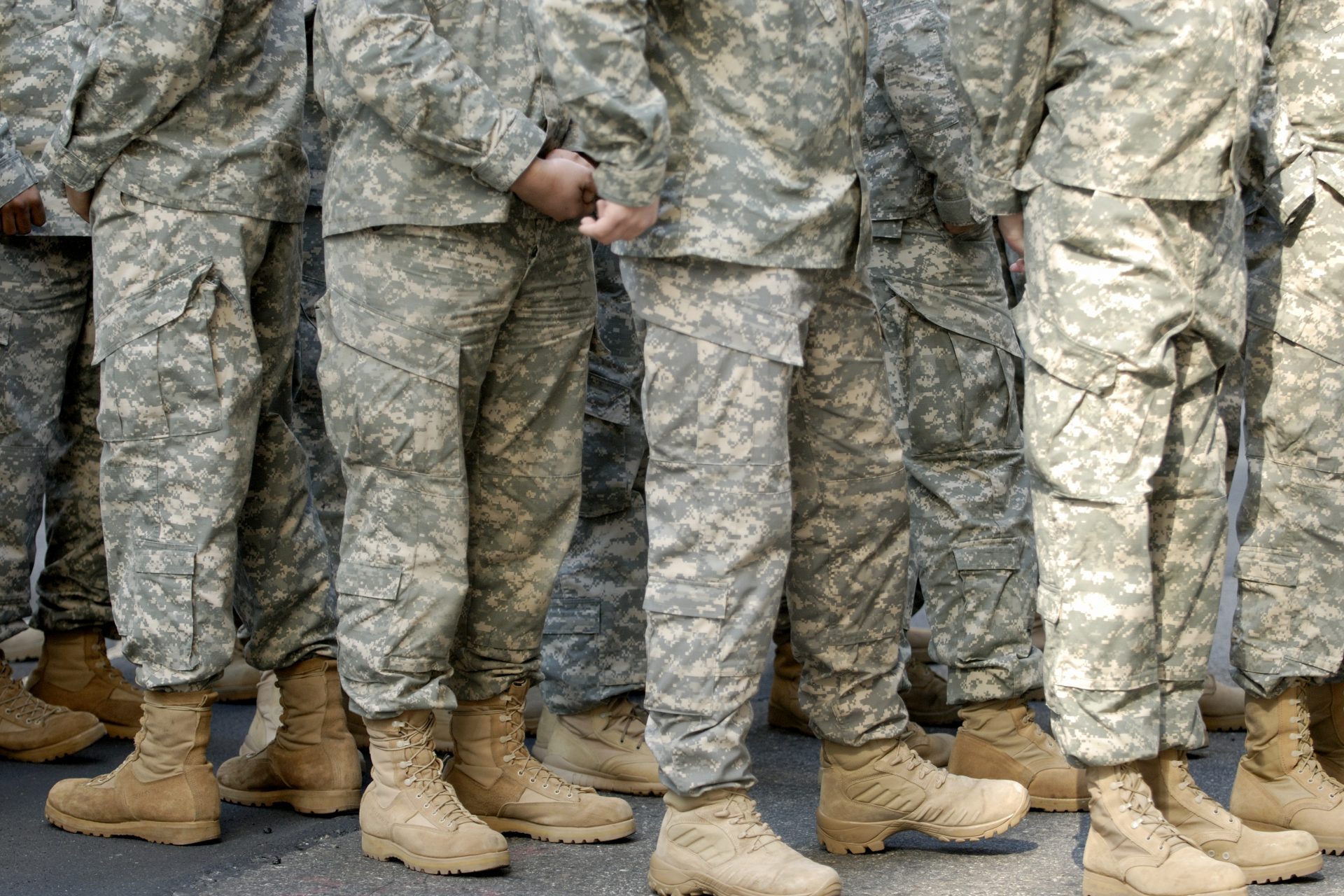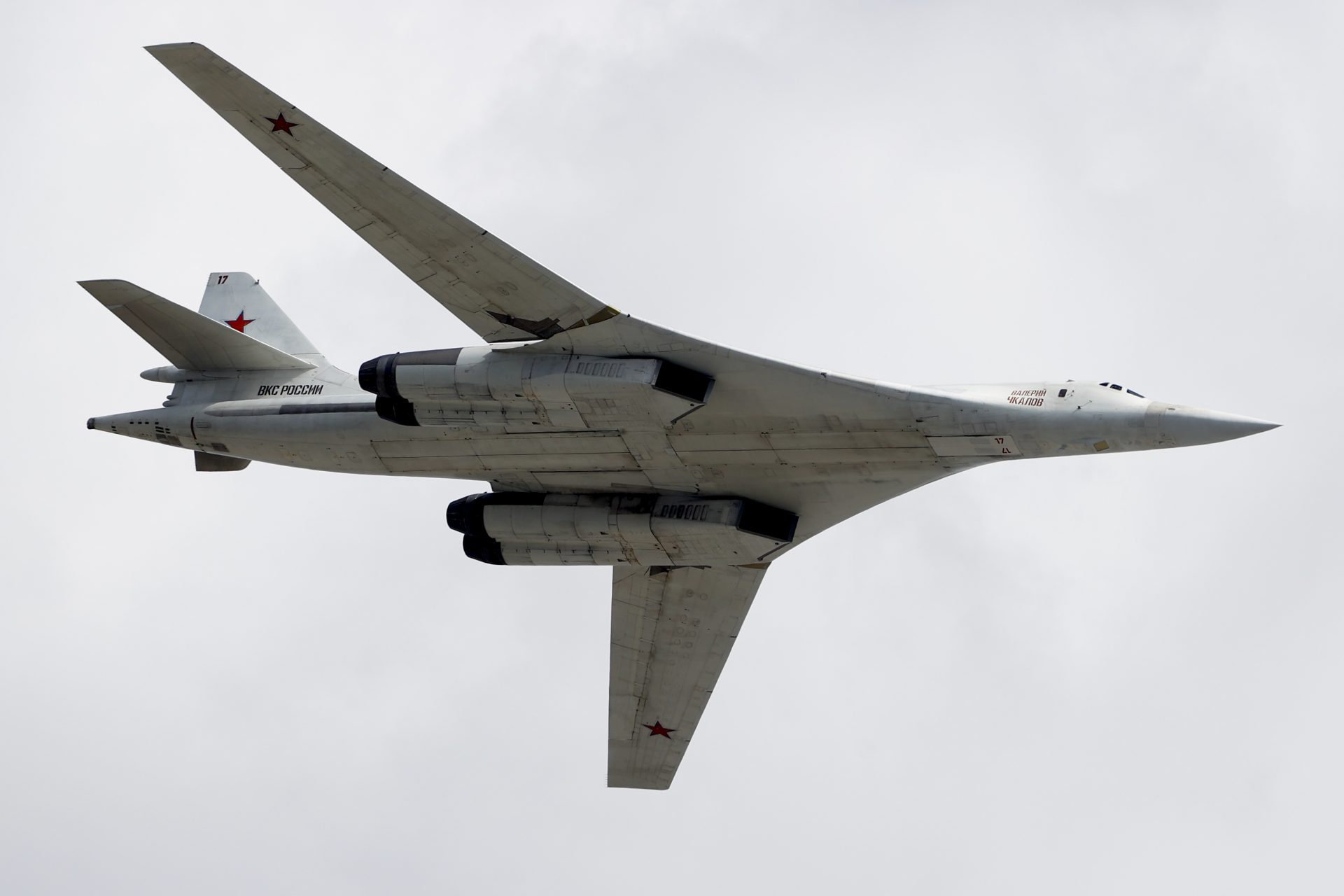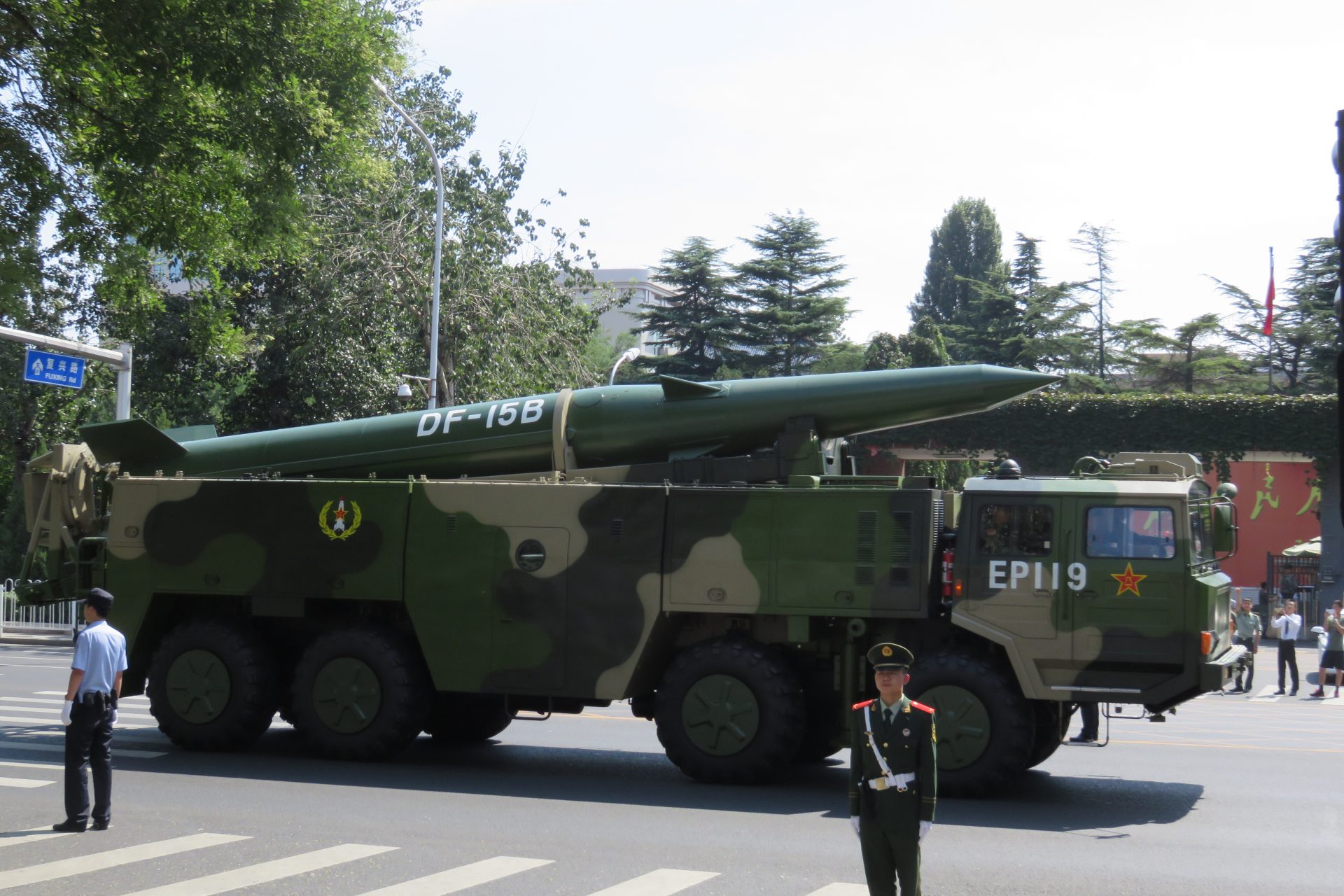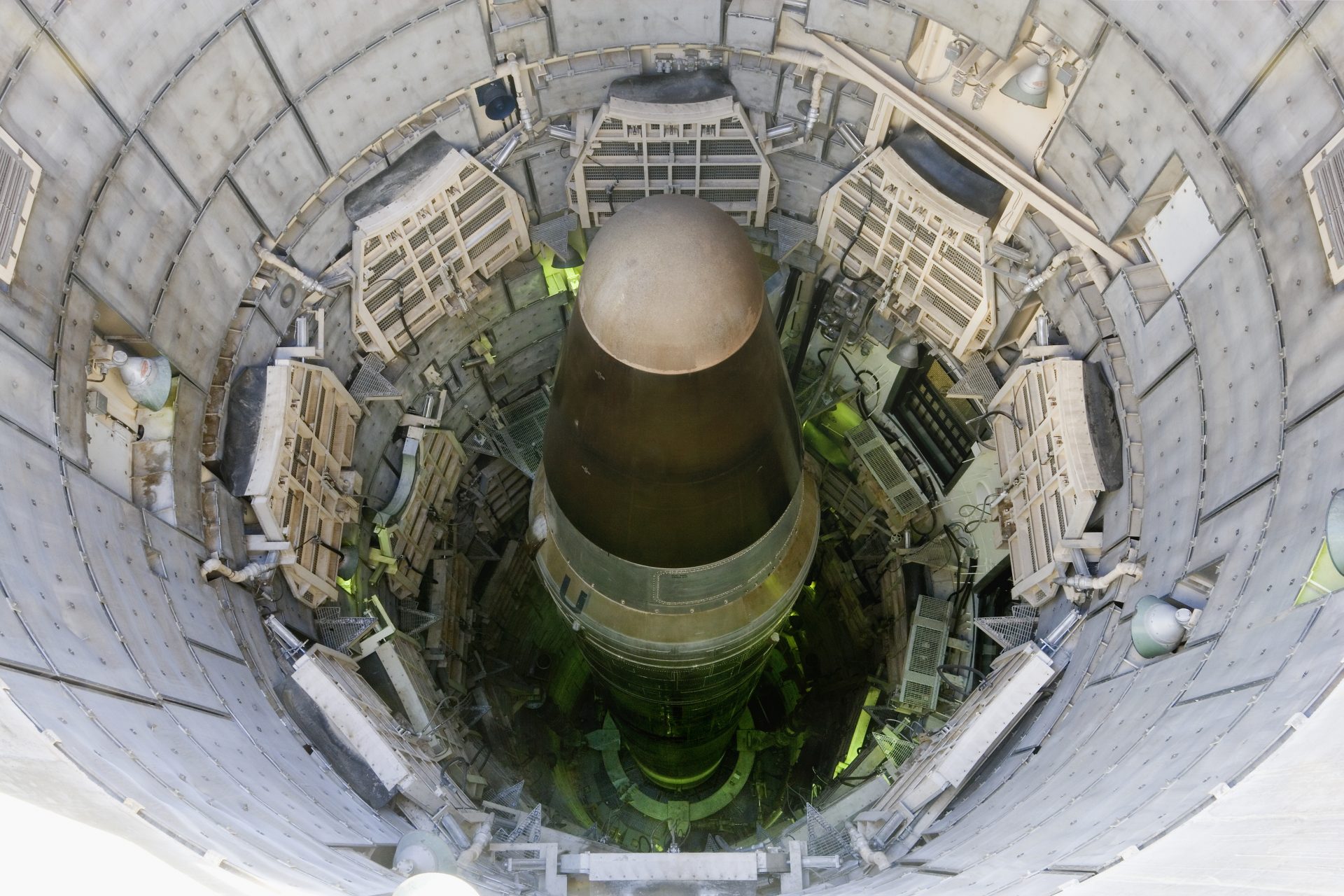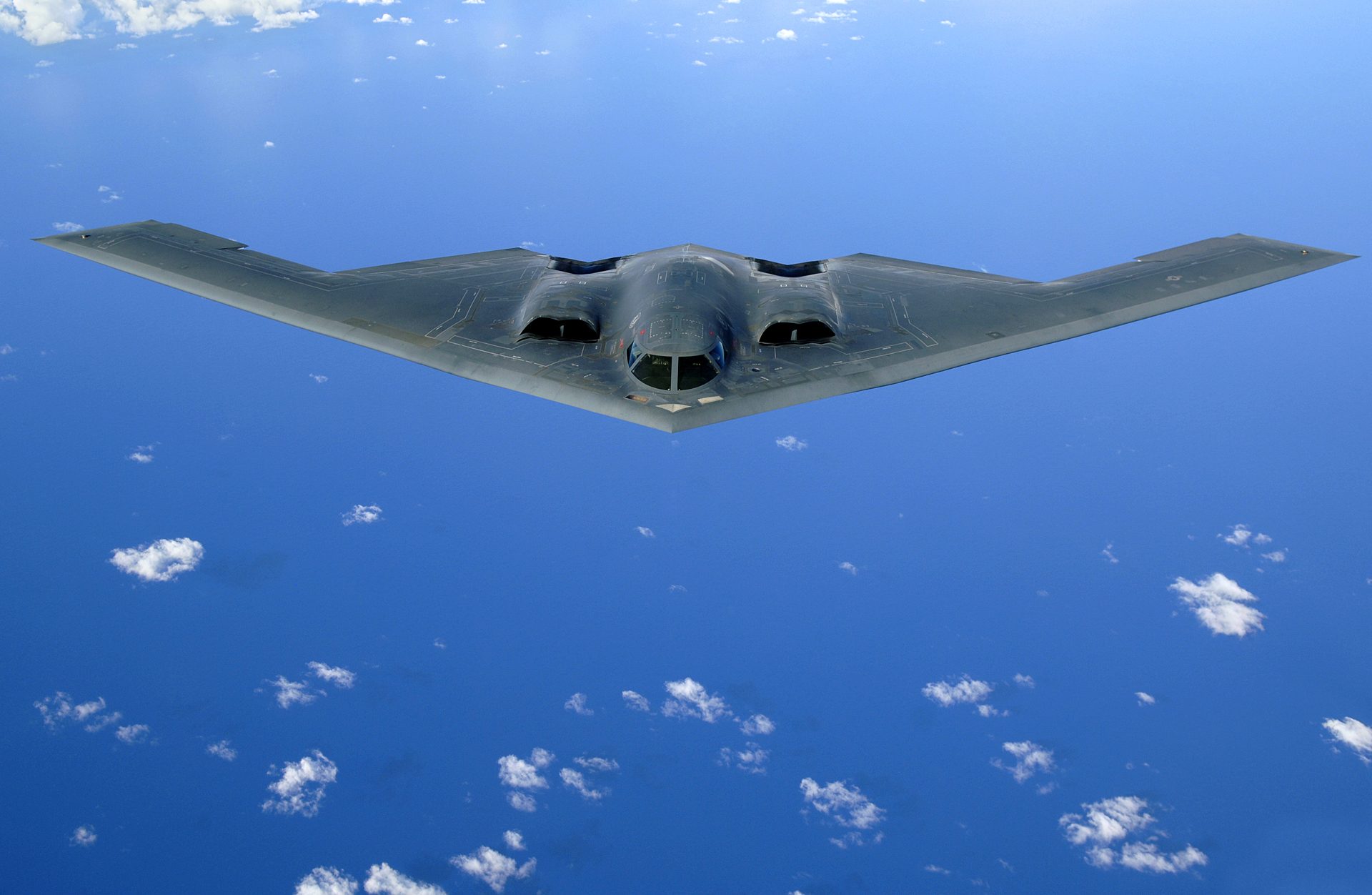US vs. Superpowers: A realistic look at a potential conflict with Russia and China
The global landscape is growing more perilous as countries such as Russia and China are posing challenges to America's global dominance. The shift towards a multi-polar world will present the United States with a fresh array of challenges, and the country needs to be ready.
At least that’s what a recent report from Congress on the strategic posture of the United States found when it scrutinized the threats that the United States may face in the future from both Russia and China as they seek to end American power.
Tensions between the United States and China over Taiwan and America’s deteriorating relations with Russia due to the ongoing invasion of Ukraine have shown that America’s two greatest enemies are willing to work together against its interests.
Russian and Chinese cooperation was a major theme of the Strategic Posture Commission’s analysis and in the final report issued by the research committee, its authors cautioned that a two-front was a real possibility and that the country needed to be prepared.
"We worry... there may be ultimate coordination between them in some way, which gets us to this two-war construct," a senior unnamed official that was involved with the report explained about the commission’s findings according to Reuters.
The report noted that decisions needed to be made now in order to meet future threats that will posed by both China and Russia, recommending that the United States and its partners needed to be prepared to defeat both simultaneously.
"The U.S.-led international order and the values it upholds are at risk from the Chinese and Russian authoritarian regimes," the Strategic Posture Commission’s authors wrote. But could the United States win a war against both powers?
Unfortunately, the commission’s findings went against years of U.S. strategic planning that was focused on fighting one of America’s major enemies at a time while deterring the other from joining the conflict against the United States.
In March 2022, Washington-based think tank The Heritage Foundation reported that the United States likely couldn’t win a two-front war against China and Russia since the size of the U.S. military was too small to fight on multiple fronts.
China and Russia have focused a significant amount of their economic output on their defense budgets with the sole purpose of challenging U.S. military power according to the think tank, which puts the United States in a difficult position.
In order to deter a potential conventional two-front conflict or win such a war if it occurred, the United States would need more military forces according to The Heritage Foundation, a finding that Strategic Posture Commission Report also found.
The Heritage Foundation recommended increasing the U.S. Army to 50 brigades rather than the 31 it had at the time it released its analysis and added that the Navy needed a total of 400 ships, up from the 297 it had in March 2022.
However, increasing America’s conventional combat strength wouldn’t be worth much if a two-front war turned nuclear. Even low-yield nuclear weapons could lead to millions of deaths according to a 2019 study from Princeton University.
As many as 34.1 million people could be killed and 57.4 million injured in the first hours of nuclear war with Russia according to the study. China doesn’t have the same sort of nuclear arsenal as Russia, but it has been getting bigger.
In October, a report from the Pentagon on China’s military power noted that the country is on pace to have roughly 1,000 nuclear warheads in its arsenal by 2030 and 1,500 by 2035. These numbers are quite concerning.
Photo Credit: Wiki Commons By IceUnshattered - Own work
However, the United States has an edge when it comes to nuclear weapons. America’s nuclear stockpile is the only real deterrent against fighting a war with China and Russia, something Biden’s National Security Advisor Jake Sullivan hinted at in October.
“I want to be clear here—the United States does not need to increase our nuclear forces to outnumber the combined total of our competitors in order to successfully deter them,” Sullivan said at the Arms Control Association’s annual Forum.
Foreign Affairs magazine reported on Sullivan's remarks and noted that even if Russia and China launched simultaneous nuclear strikes at the United States, the U.S. could still survive the attack and launch its own retaliatory strike.
A two-front conventional war against China and Russia likely would not go well for the United States if it was fought in December 2024. However, the American nuclear arsenal may be the best deterrent against such a war breaking out.
Photo Credit: Wiki Commons By U.S. Air Force photo/Staff Sgt. Bennie J. Davis
Unfortunately, a nuclear deterrent is only as valuable as the threat of use that underlies them. If China were to attack Taiwan and draw the U.S. into a war in the Pacific, would Washington use its nuclear weapons?
Moreover, would the threat of nuclear weapons stop Russia from joining China in any possible war against the United States? These are the questions that keep war planners up at night and not ones that have an easy answer.
More for you
Top Stories



